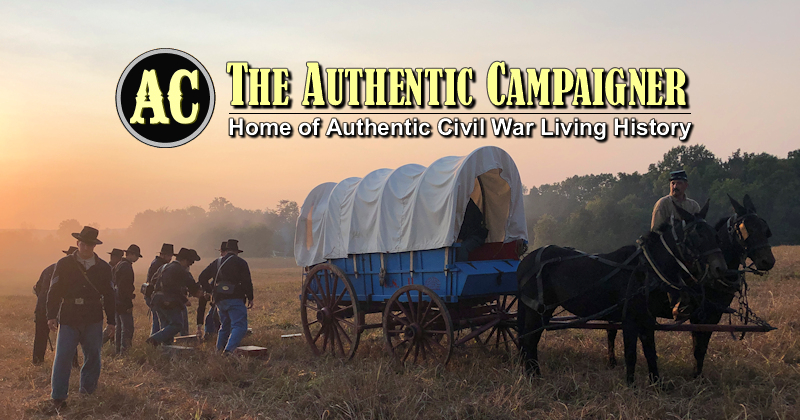Here's Dan Emmett's unpublished drum manuscript. I'm working on putting these beats in a more readable format. I've done that with "In the Gilderoy" here. Off the top of my head I don't think this is the same tune as Gilderoy/Guilderoy. I've got Emmett's manuscript of fife music somewhere. I think it contains a different tune called In the Gilderoy.
inthegilderoy.pdf
Emmett's_Standard_Drummer.pdf
inthegilderoy.pdf
Emmett's_Standard_Drummer.pdf



Comment